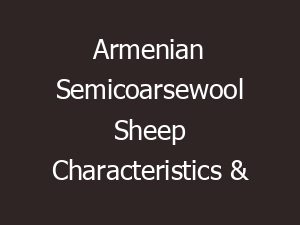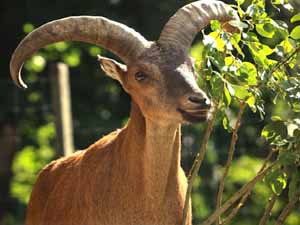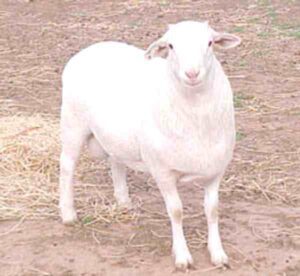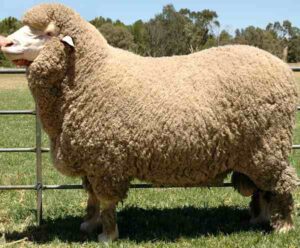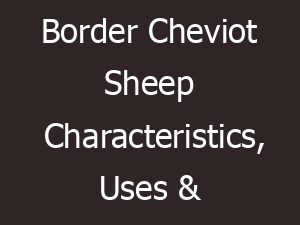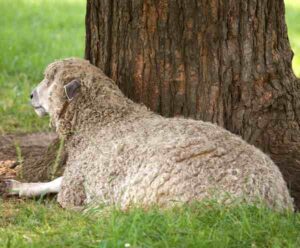The Northern European short-tailed sheep are a group of sheep breeds native to the British Isles, Germany, Russia and Scandinavia. They are multi-purpose animals raised for meat, milk and also for wool.
These animals are thought to have developed from the first sheep brought to Europe by early farmers. These animals were small, double-coated and naturally moulting animals initially, in the Neolithic Age.
And they have been replaced throughout northern and western Europe by the Iron Age.
The Northern European short-tailed sheep were replaced by somewhat larger sheep, still short-tailed, but with a fleece of more uniform texture, but variable in color.
The sheep long-tailed which were brought later from southern Europe. Most of those animals were white in color with much larger size. And these animals displaced the Northern European short-tailed sheep in most areas.
The short-tailed sheep remained only in the remote parts of the west and north by the early 19th century.
Those remote parts include Scandinavia, the area around the Baltic, Ireland, Cornwall, the Highlands of Scotland, and various islands. Although long-tailed sheep spread into most of these areas.
And the short-tailed sheep were restricted to very remote islands and mountains, by the early 20th century. However, read some more information below.
Northern European Short-Tailed Sheep Characteristics
The Northern European short-tailed sheep are smaller sized animals. They have characteristic short ‘fluke-shaped’ tails. Their tail is broad at the base and tapering to a hair-covered tip.
Tails of these animals usually have 13 vertebrae compared with over 20 for other sheep. Legs and faces of the Northern European short-tailed sheep are free of wool. Their horns can vary in size and shape depending on the breed.
Both rams and ewes can be horned, or the rams can be horned and the ewes can be polled. And some types can also have more than one pair of horns. These animals are usually of solid color, with white, black or moorit are mostly common.
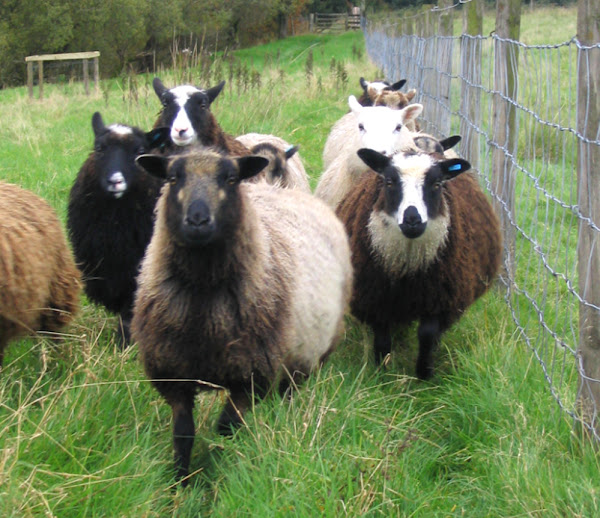
White markings may also occur over other coloration. Some breeds include a very wide range of colors and patterns, such as the Icelandic and Shetland sheep.
Average live body weight of the mature animals can vary depending on the animals. Photo and info from Wikipedia.
Uses
These sheep are multi-purpose animals. They are kept for meat, milk and wool production.
Special Notes
The Northern European short-tailed sheep are very hardy animals. They are well adapted to harsh environments and good for almost all climates.
They are good for grazing rough vegetation in wet and cool climates. They often have a strong preference for browsing. These animals are usually seasonal breeders, with lambs being born in spring or early summer.
Twin births are frequent with some sheep such as the Finnsheep and Romanov sheep. Some breeds also give birth to litters of 3, 4 or even more lambs.
However, review full breed profile of this breed in the following chart.
| Breed Name | Northern European Short-Tailed |
| Other Name | None |
| Breed Purpose | Milk, meat and wool |
| Special Notes | Strong and hardy, well adapted to harsh environments and also good for almost all climates, good for grazing rough vegetation in wet and cool climates, seasonal breeds, often have a strong preference for browsing |
| Breed Size | Small |
| Horns | Yes or no, depends on the breed |
| Climate Tolerance | All climates |
| Color | Many |
| Rarity | Common |
| Country/Place of Origin | British Isles, Germany, Russia, Scandinavia |

